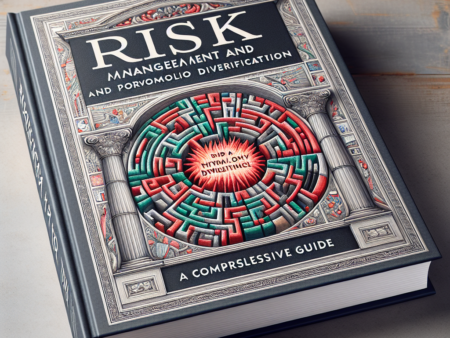Safeguarding Your Investments with Effective Risk Management Strategies
Introduction
Risk management is a critical component of successful investing. In this article, we will delve into the fundamental concepts of risk management and explore essential strategies to safeguard your investments and optimize returns.
Assessing Risk Tolerance
Understanding your risk tolerance is paramount. Assessing your comfort level with market fluctuations and potential losses will help you determine an appropriate investment strategy that aligns with your financial goals.
Diversification: Spreading Out Your Risk
Diversifying your portfolio across different asset classes, sectors, and geographical regions is a key risk management technique. By spreading out your investments, you can mitigate the impact of any single investment’s performance on your overall portfolio.
Setting Clear Investment Goals
Establishing clear investment goals helps guide your risk management strategy. Define your financial objectives, time horizon, and desired returns to ensure your investment decisions align with your long-term aspirations.
Stop-Loss Orders: Protecting Your Downside
Implementing stop-loss orders allows you to set predefined exit points for your investments. By triggering automatic sell orders when a specific price is reached, you can limit potential losses and protect your capital.
Position Sizing: Managing Exposure
Determining the appropriate position size for each investment is crucial. By allocating a reasonable percentage of your portfolio to each position, you can manage your exposure to individual assets and control risk.
Regular Monitoring and Portfolio Rebalancing
Stay vigilant and regularly monitor your portfolio’s performance. Periodically rebalance your portfolio by adjusting your asset allocation to maintain your desired risk-reward profile and align with your investment goals.
Risk-Adjusted Returns: Assessing Performance
Evaluating risk-adjusted returns allows you to assess an investment’s performance relative to the level of risk taken. Consider measures such as the Sharpe ratio or the Sortino ratio to gauge an investment’s risk-adjusted profitability.
Educating Yourself: Knowledge is Power
Continuously educate yourself about financial markets, investment instruments, and risk management techniques. Staying informed and up-to-date will enhance your decision-making ability and help you navigate changing market conditions.
Seeking Professional Advice
Consider consulting with a financial advisor or professional to gain insights tailored to your specific investment needs and risk management requirements. They can provide personalized guidance and assist you in creating a comprehensive risk management plan.
Minimize risks, maximize rewards – Master the art of risk management to safeguard your investments.
Investment Planning
Conclusion
Understanding and implementing effective risk management strategies is vital for protecting your investments and achieving long-term financial success. By assessing your risk tolerance, diversifying your portfolio, setting clear goals, using stop-loss orders, managing position sizes, monitoring and rebalancing your portfolio, evaluating risk-adjusted returns, continuously educating yourself, and seeking professional advice when needed, you can navigate the complexities of investing with confidence.
Disclaimer
The information provided in this article is for informational purposes only and should not be construed as financial or investment advice. It is always recommended to conduct thorough research and consult with a professional advisor before making any investment decisions.


















